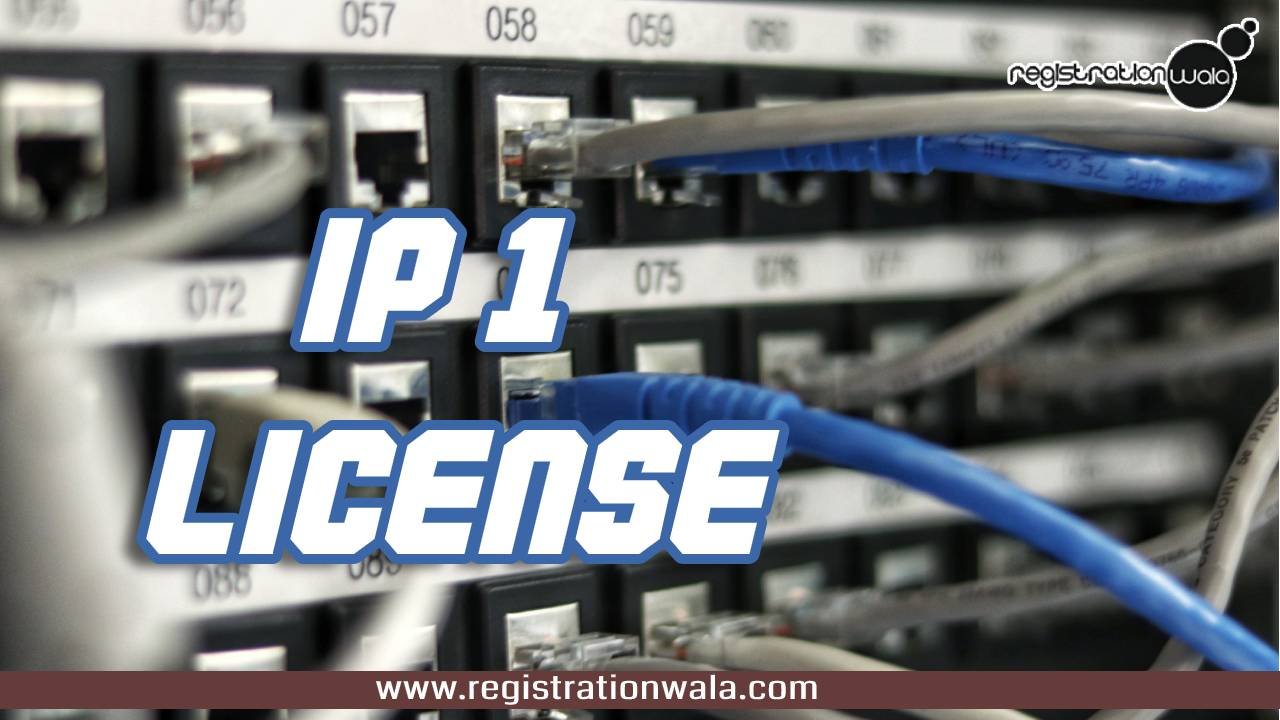Infrastructure as a service is mostly defined by providing cloud computing facilities to tech-based companies. However, historically speaking, the term has been used for providers of Passive infrastructures.
How to Start infrastructure as a service in India?
How to start infrastructure as a service in India? This article explains the process that one has to go through to obtain the IP 1 license and ergo get permission to provide infrastructure as a service.
The infrastructure providers that facilitate the telecom companies with resources such as the right of way, duct space, dark fibres and cell towers should therefore be given equal consideration when your question is how to start infrastructure as a service in India.
Thus, in this article, we are going to unveil to you the process of acquiring the IP license. It’s a permit that will turn you into an infrastructure provider – giving you the power to push India’s development on the path that you desire.
What is IP License?
IP License is Infrastructure Provider License. Coming in two types, the Ip1 license and IP2 license, it’s provided by the Department of Telecommunication.
If you’re opting for an IP1 license, you’re choosing to provide passive – non-electrical resources to the telecom industries and BPOs. If you’re opting for the IP2 license, you’re interested in providing active electronic resources to the same stakeholders.
However, with time, electronic resources have lost their sheen. As the telecom industry is most interested in buying electronic infrastructures, the DOT has nearly stopped providing the IP2 license.
However, the only way for telecom companies to access passive infrastructure is by renting or leasing, and it’s only possible through an Infrastructure Provider of those resources. Thus, the IP1 license is as valuable as ever.
Importance of passive infrastructure
You might be wondering about our over-emphasis on passive infrastructure. “What’s so special about providing towers” – you might ask.
You see, passive infrastructure is the foundation of any telecommunication services that exist in today’s world. Even cloud technology is possible because of them. Following are the resources that the infrastructure provider of passive nature provide.
- Right of way: Without the right of way, telecom companies or industries won’t have any way to expand their subscribers. Think of all the wires that have to be used to add more clients. Without the right of way, the telecom companies won’t have the right to put electrical cables across the roads and connect them to businesses or households.
- Duct Space: Servers are just high-performance computers that due to their function, release a lot of heat. The absence of a venting unit can thus leave the heat to get built-up, damaging the servers. Infrastructure providers Duct spaces industries can use to vent out access heat to ensure that the servers work for a long time.
- Dark Fibres: dark fibres are solely responsible for the existence of high-speed internet services. In this world that is increasingly becoming wireless, it’s one wired resources that most telecom companies can’t live without.
- Cell towers: Telecom companies reach out to infrastructure providers to set up cell towers. Without renting or leasing these resources, there would be no cellular connection – pushing India back about 20 years.
Obtaining the license
Getting the license is a general affair of filing the IP1 license application form to the Department of Telecommunication. Waiting for the DOT to process it and then obtaining the license if every aspect of the application and the applicant is in order.
However, there is an important part of the IP1 license procedure that anyone rarely discusses- does the license becomes valid after DOT issues it to you?
It’s a tricky question, but it points to a particular aspect of the license that has been ignored for a long time. Due to that ignorance, many infrastructure providers have lost their license.
No, once you follow the IP1 license procedure and acquire the license from DOT, it’s not the end of the procedure. One step remains and it’s validating the license.
How does one validate an IP1 license? It’s done by signing an infrastructural contract with a telecom service provider within one month of obtaining the license from the DOT.
Conclusion | How to start infrastructure as a service in India?
Starting infra as a service isn’t as easy as many sites are making it out to be. There are many twists in the process and turns that can make you withdraw your application. With a little help, you can persevere long enough to get the license. Reach out to our experts for that help.

[…] Other Useful License: How to Start Infrastructure as a Service in India? […]